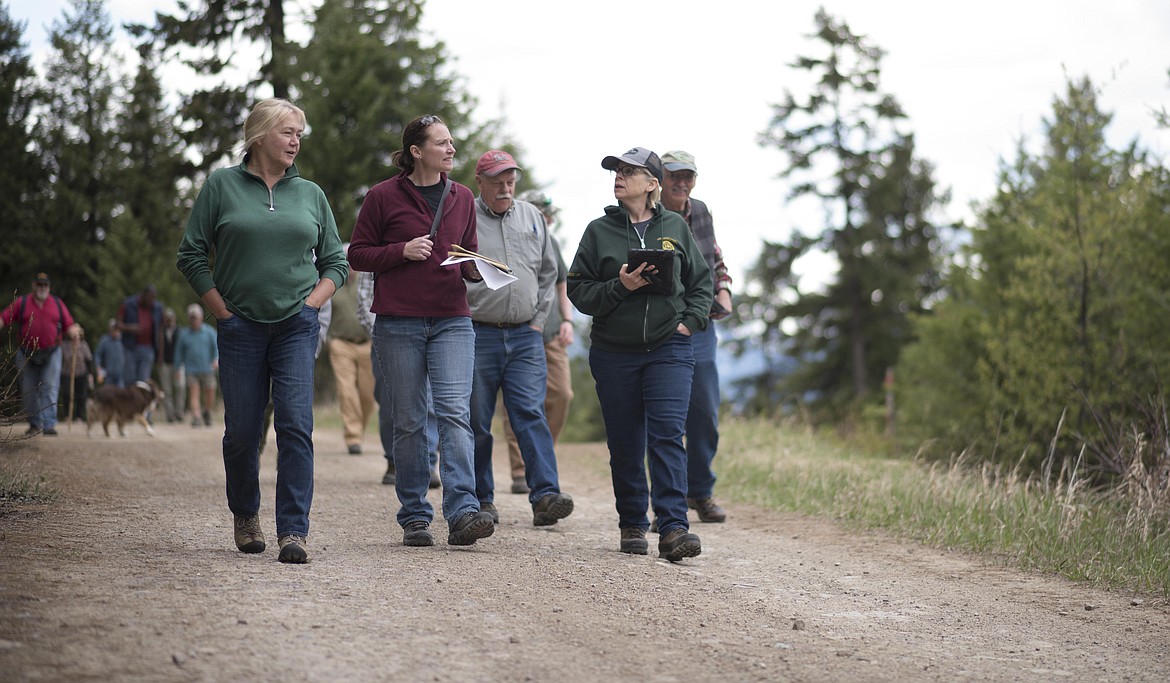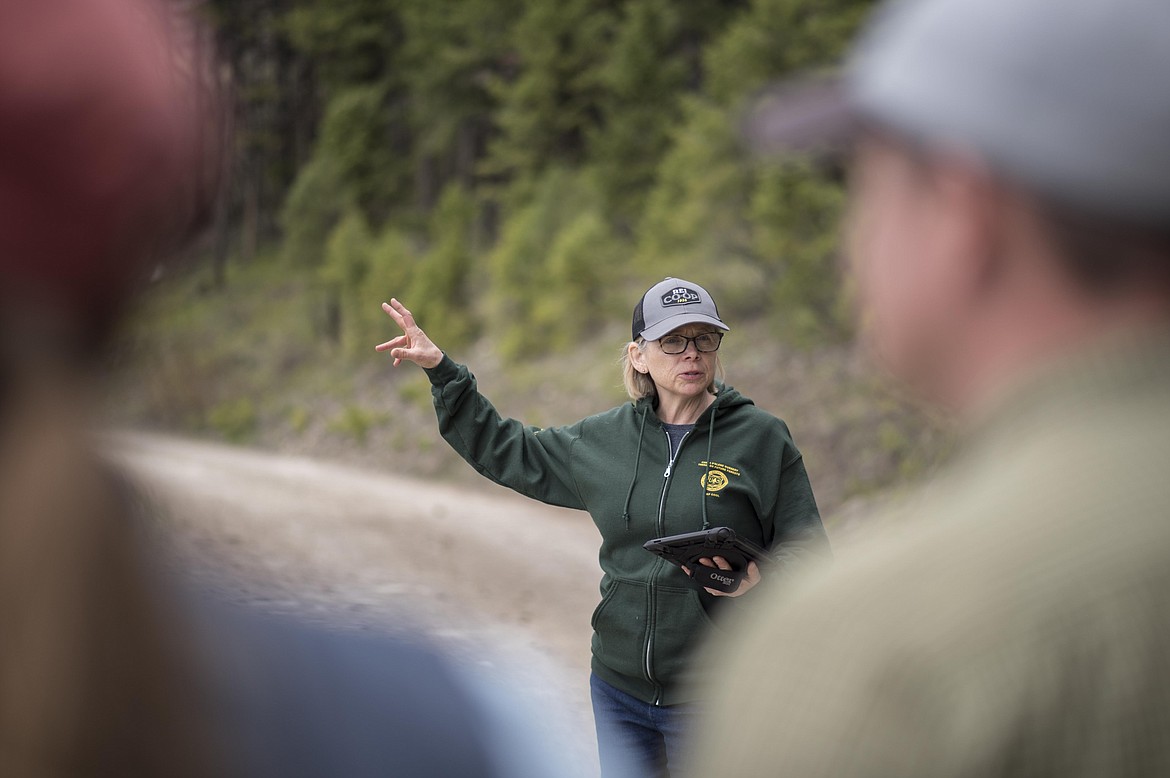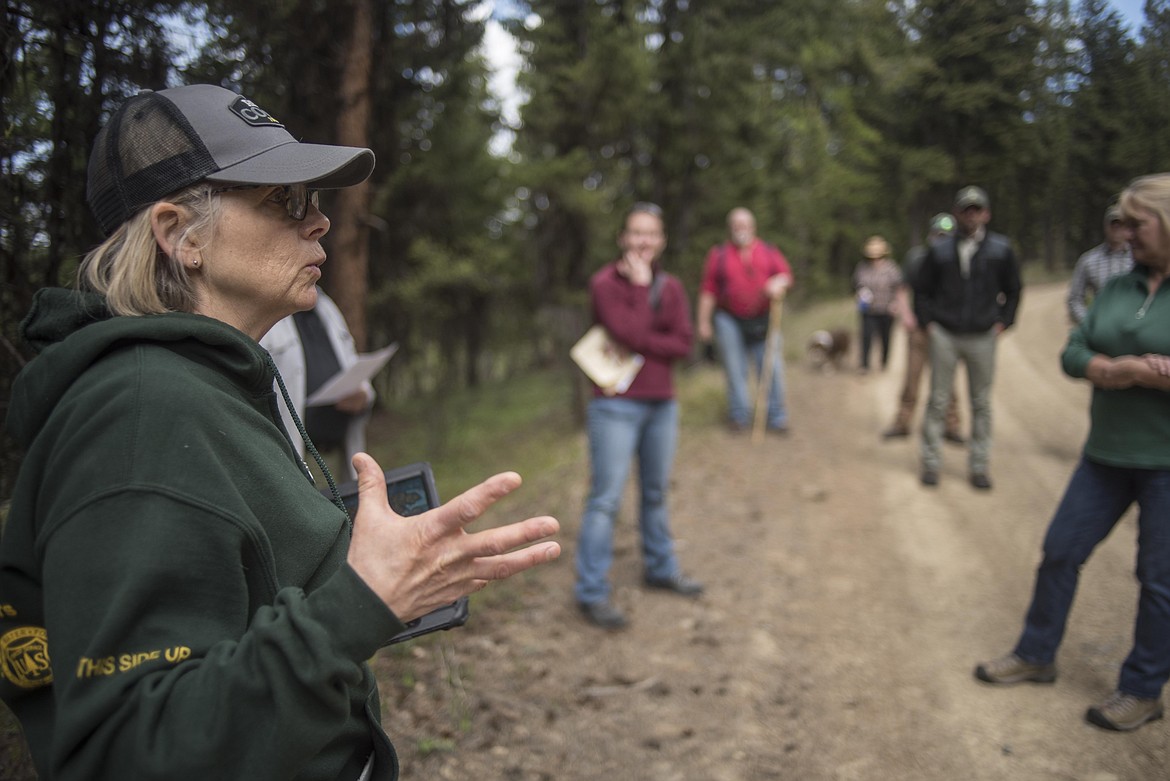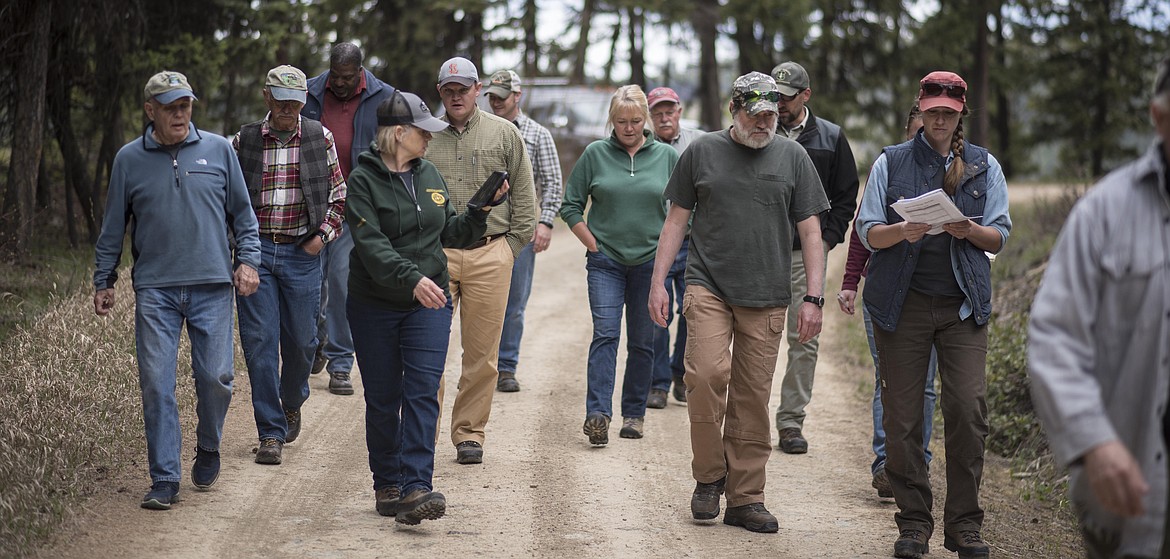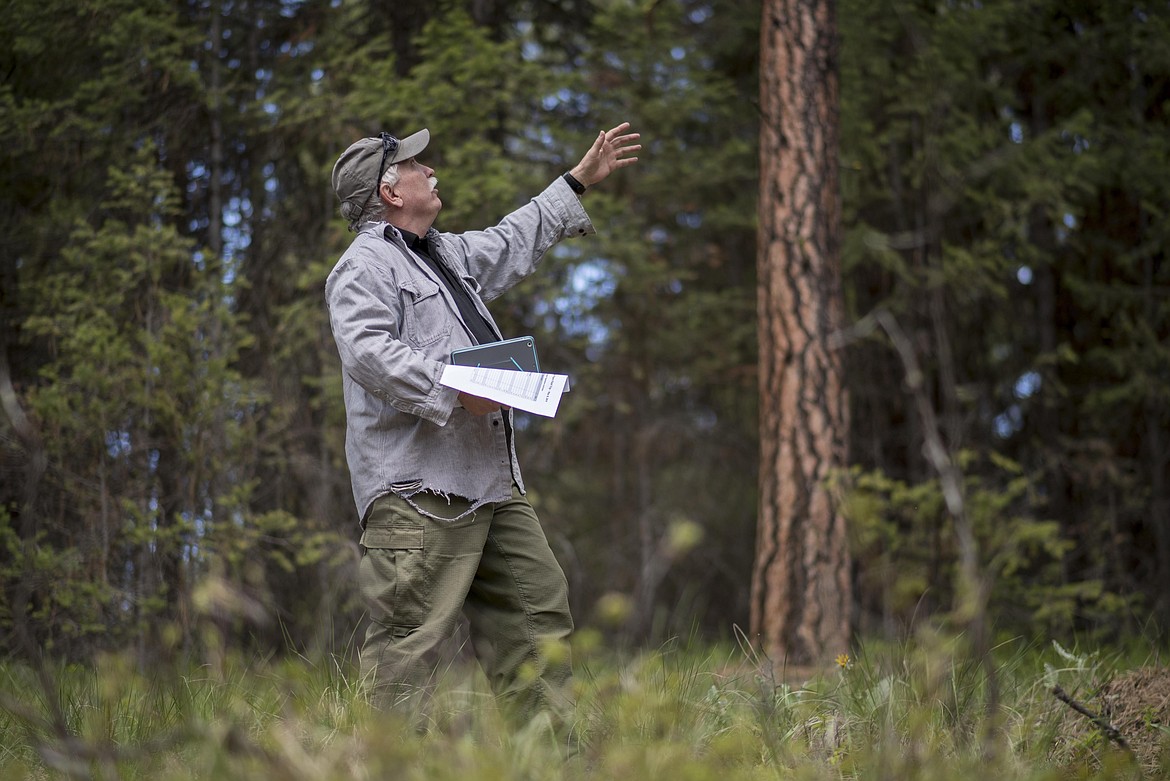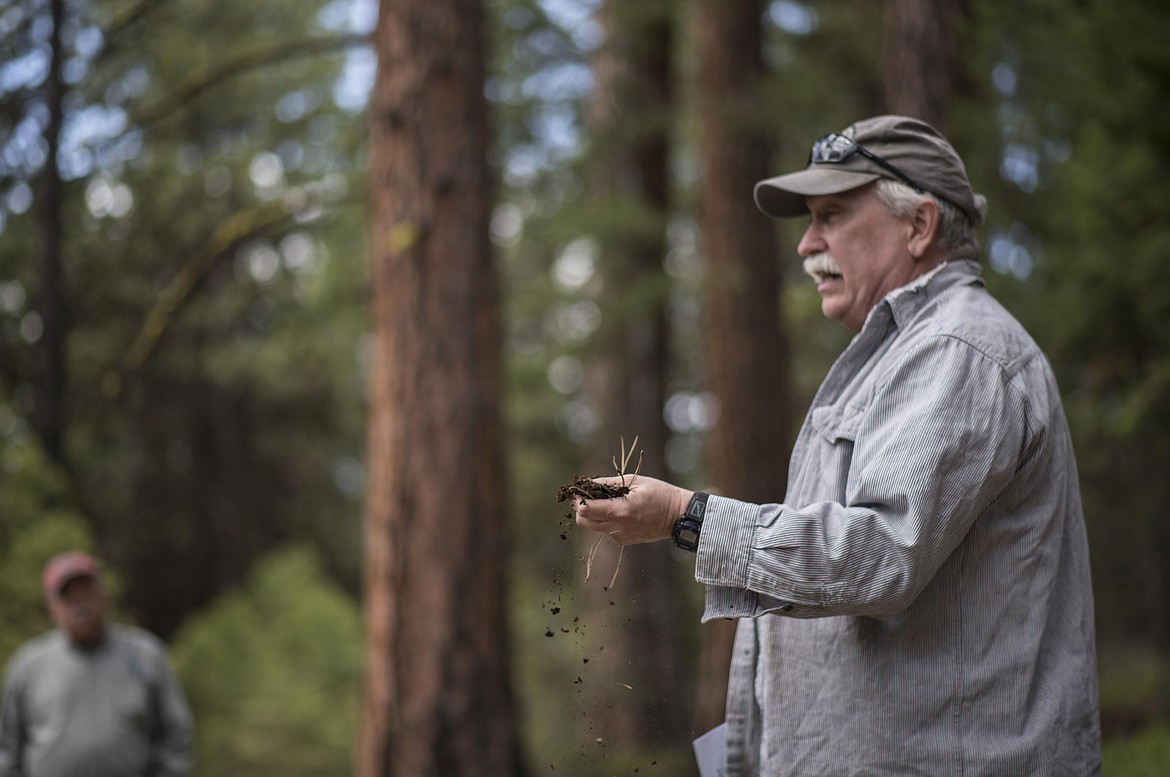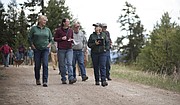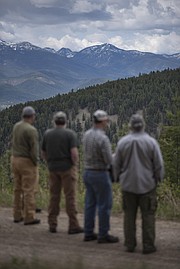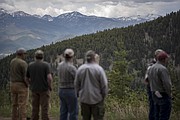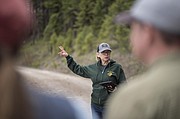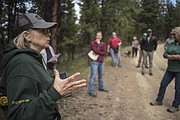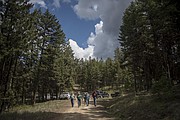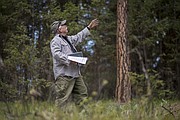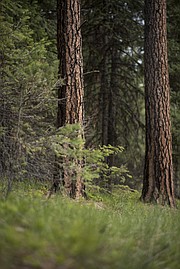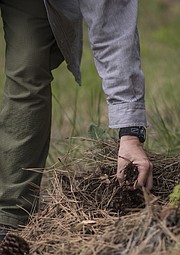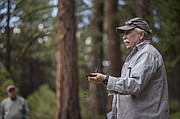Project to help build forest health proposed
The U.S. Forest Service is working a forest improvement, thinning and treatment project in 2020 with a goal to reduce the threat of potential forest fires in Lincoln County. And now that plan is coming one step closer to implementation.
U.S. Forest Service District Ranger Nathan Gassmann said during the Ripley Project, there will be a lot of trucks coming down the road and some roads might potentially be closed for a day or week for safety purposes. Typically, people will be allowed to drive up roads in the project area, and like other salvaging projects, it will generally be open.
One of the main goals for the project is to help reduce fuels for potential forest fires, he said. The Forest Service wants a forest which can withstand fire in a different way than it is set up for, as well as being able to withstand various weather events such as heavy snow loads.
The fuel reduction work is also about “giving the fire fighters a chance,” he said.
Tim Bumgarner, Libby district fuels specialist, said big ponderosa pines can withstand quite a bit of fire, but do not do so well when a fire “races up” nearby little trees, also known as ladder fuels. That is the hazard, he said.
Because of the ladder fuels, fire can get way up high and and will kill the big trees, he said. Smaller trees transfer fire from the ground to further up in the big trees.
Part of the Ripley Project includes getting rid of smaller trees and pulling some of the debris on the ground away.
Gassmann said that the project will not cost money, rather, it will generate revenue, he said. Money will come from work like commercial thinnings and regeneration harvests and then be mostly “reinvested into the land that it came from.”
A lot of the money goes back into the forest to continue to maintain a healthy forest, he said.
“Revenue generation — isn’t necessarily the goal,” he said. Adding, it is the outcomes which matter.
People will start working on the ground about June or July of 2020, he said. Given that there are multiple timber sales to contractors, the time frame for completing the project is about 10 years.
Right now, the Forest Service is still in the planning stage, he said. The next step is to move on to the scoping phase, where information on the types of treatments and more location specifics will be gathered.
If people have ideas for the project which the Forest Service has not thought of, they can share them in written words or a phone call, he said. There are certain individuals and groups that would like to not see these types of activities occur, but for the people who live in and around Libby, it is a well-supported project.
The opportunities that Lincoln County has, such as providing a healthy forest with economic returns, are good reasons to do projects like this, he said.
Silviculturist Anna Weber said the Ripley Project will help restore more of that natural variability in forests with openings of dryer grassy areas and clumps of ponderosa pines, she said. Another main object is to remove smaller trees and to feature the larger trees.
There will also be shifting toward the dominance of ponderosa pines and reduction of fir trees, she said — still a mixture of both, but dominated by ponderosa pines.
Some areas will have ponderosa pines planted as a part of a regeneration harvest, she said. Their will be a little bit of commercial thinning and a lot of improvement harvests.
The trees in the project area are getting overstocked and in many cases are too dense and highly susceptible to mountain pine beetles, she said. The project would be spacing those trees out.


